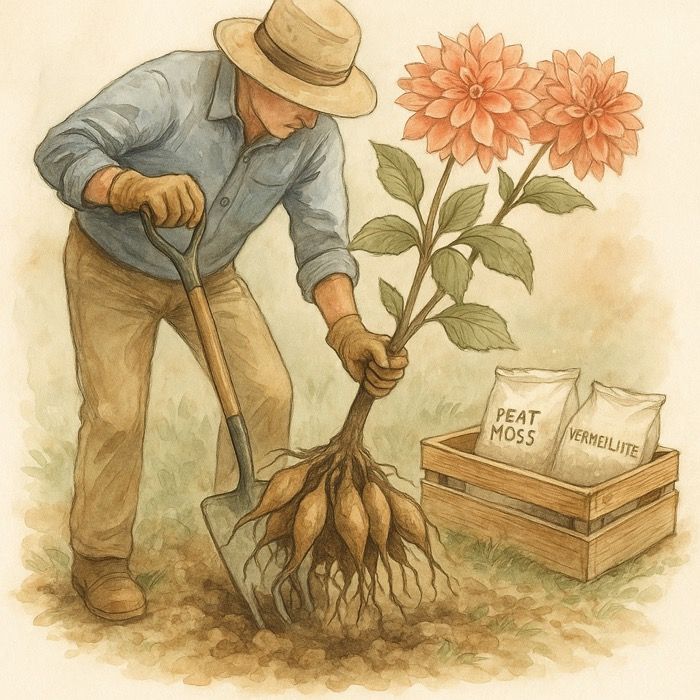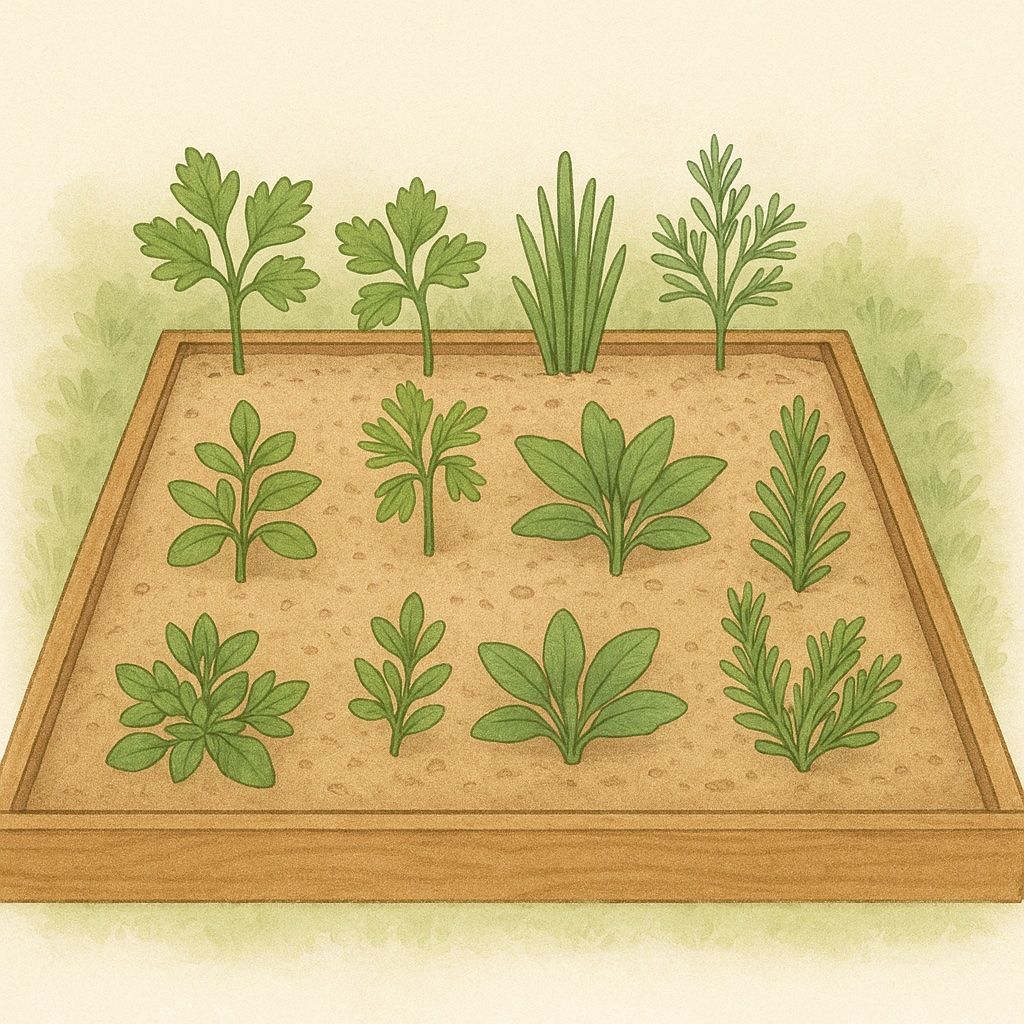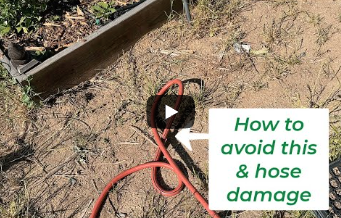How to Prune Gardenias: Expert Tips for Healthy Growth and More Blooms
Gardenias are known for their stunning, fragrant blooms, but to keep them thriving year after year, proper pruning is essential. Pruning gardenias not only enhances their shape but also promotes healthier growth and encourages more flowers. If you’ve been wondering how to prune gardenias to get the best results, follow these expert tips to keep your plants looking their best.
1. When to Prune Gardenias.
Timing is crucial for gardenia care. The best time to prune gardenias is right after they finish blooming, usually in late summer or early fall. Gardenias bloom on old wood, meaning the buds for next year’s flowers form on this year’s growth. Pruning too late in the season can remove these buds, preventing next year’s blooms. Avoid pruning gardenias in winter to protect future flowers.
2. Best Tools for Pruning Gardenias.
Having the right tools is key to effective pruning. Use clean, sharp pruning shears to make smooth cuts without damaging the plant. Before and after pruning, disinfect your tools with rubbing alcohol to prevent spreading disease between plants. Ensuring you have sharp blades will help make clean cuts that heal faster, promoting healthy growth.
3. How to Remove Dead or Damaged Branches.
Start your gardenia pruning by removing any dead, diseased, or damaged branches. This helps the plant focus its energy on healthy growth. Look for branches with no leaves, discolored stems, or damaged areas. Cut back to healthy wood, making the cut just above a node or joint. Removing these problem areas improves airflow and reduces the risk of pests and disease.
4. Shaping and Controlling the Size of Gardenias.
To maintain your gardenia’s shape and control its size, trim back any overgrown or leggy branches. Prune just above a leaf node or bud to encourage fuller, bushier growth. This method not only keeps your gardenia looking tidy but also prevents it from becoming too leggy. Remember, shaping should be done immediately after flowering to avoid cutting off next year’s buds.
5. Thinning the Interior of the Plant.
Gardenias can become dense over time, which reduces airflow and sunlight penetration. Thin the plant by removing some interior branches. This practice helps improve airflow and light exposure, reducing the risk of fungal diseases. Aim to open up the plant by pruning crossing or crowded branches. Thinning also enhances the overall appearance of the gardenia.
6. Deadheading Spent Gardenia Blooms.
Throughout the blooming season, deadhead or pinch off spent flowers to encourage your gardenia to produce more blooms. Regularly removing faded blooms redirects the plant’s energy toward new growth rather than seed production. Deadheading is easy—just snip off the faded flower right above the nearest leaf set.
Master Gardener Tip: Light Pruning Year-Round
Steve, Your Friendly Master Gardener
You can perform light pruning throughout the year to keep your gardenia looking its best. Trim any stray or unruly branches as needed, but avoid heavy pruning outside of the post-bloom period. This helps maintain the plant’s shape without cutting off future flower buds.
7. Post-Pruning Care for Gardenias.
After you prune your gardenia, give it some extra care to ensure it thrives. Water the plant deeply to help it recover from the pruning process. Apply a slow-release fertilizer designed for acid-loving plants like gardenias to encourage healthy growth. Additionally, mulch around the base of the plant to retain moisture and protect the roots.
8. Why Pruning is Essential for Gardenias.
Pruning gardenias is vital for keeping the plant healthy and encouraging more abundant blooms. By removing dead or damaged branches, shaping the plant, and thinning the interior, you’re giving your gardenia the best chance to flourish. Regular pruning also promotes air circulation, reducing the risk of fungal infections and improving overall plant health.
Conclusion
Now that you know how to prune gardenias, your plants will be healthier, more attractive, and bloom more abundantly. Just remember to prune at the right time, use proper techniques, and give your plant a little extra care afterward. Follow these tips, and you’ll be rewarded with a gorgeous, fragrant gardenia that thrives year after year.
More From Our Master Gardener
Recent Posts

When and How to Dig Up Dahlias – The Best Time, Storage, and Overwintering Guide for 2025 Blooms

When and How to Dig Up Peonies – A Step-by-Step Guide for Vibrant Blooms

Best Herbs to Plant in October 2025 – Fall Herb Gardening in Raised Beds Made Easy

The Bee Underground – Meet the Solitary Bees Living Beneath the Soil

Sweet Peas Growing Guide















